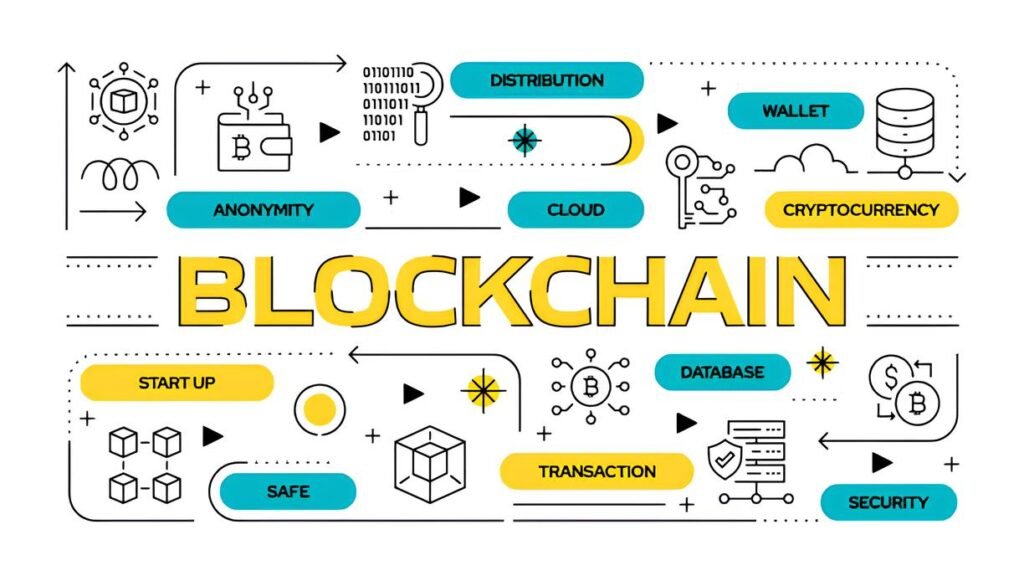In the labyrinth of the internet’s underbelly, curiosity pulls countless users toward the darknet—a murky realm often shrouded in mystery and risks. The allure of anonymity and hidden knowledge is powerful, but for newcomers and even seasoned users alike, the information available can be a minefield. Many how-to guides on accessing and navigating darknet spaces promise security and privacy, yet beneath their polished advice often lurks dangerous misinformation that can jeopardize your anonymity or worse.
Why does this happen? How can advice meant to protect users end up exposing them to harm? Let’s unravel these questions by diving into the real risks hidden inside most darknet how-to guides, where pitfalls await in plain sight.
In This Article
The Illusion of Safety in Darknet Guides
Many beginner-friendly darknet guides start with the same reassurance: “Use Tor, combine it with a VPN, and you’re safe.” This simple formula sounds intuitive, but the devil is in the details. Users often assume that because a guide references popular tools or protocols, the information is trustworthy and complete. Unfortunately, many guides stop at surface-level instructions.
The illusion of safety arises because guides rarely explain the subtle nuances of operational security (OpSec) that make or break anonymity. For example, they might advise using Tor with any VPN but fail to mention the critical differences between Tor over VPN vs. VPN over Tor, leaving users vulnerable to traffic correlation attacks or DNS leaks.
Moreover, guides are often outdated, failing to reflect the rapidly evolving darknet surveillance landscape or the risks of poorly maintained software. So, newcomers following these how-to instructions step confidently into a false sense of protection.
Common Dangerous Myths Perpetuated
What sets apart quality darknet advice from risky misinformation are the myths that keep circulating unchecked. Some examples include:
- “Using a VPN before Tor makes you anonymous to your ISP.” While VPNs can obfuscate your IP, not all VPNs protect user data equally. Many log traffic or leak DNS queries, undermining anonymity.
- “All .onion sites are safe and anonymous.” This ignores the fact that many hidden services can be honeypots or compromised, exposing visitors or operators.
- “Avoid ‘unsafe’ browsers, just use Tor, and you’re untraceable.” Basic browser hygiene is critical, but it’s not just about the browser. Operating system leaks, plugins, and even user behavior can reveal your identity.
- “Disabling JavaScript is unnecessary if you use Tor.” In reality, JavaScript can be exploited to perform fingerprinting or execute deanonymization scripts if not carefully controlled.
These myths foster careless habits, and many how-to guides either unknowingly support them or skip crucial warnings due to complexity.
Technical Gaps and Oversimplifications
Darknet guides often aim to make complex technology accessible, but in doing so, they oversimplify key technical concepts that are essential for security. This gap leads to users misconfiguring tools or underestimating potential leaks.
For example, guides might recommend VPNs without discussing the importance of vpn logging policies or the impact of poor encryption standards. The reality is that some VPNs keep connection logs and metadata, which law enforcement or hackers can exploit.
Another frequent oversight is in operational environments. Many guides encourage the use of standard Windows or MacOS systems alongside the Tor Browser. Yet, these operating systems are often riddled with telemetry and background services that can de-anonymize users. More secure alternatives, like Whonix or Tails, are referenced inconsistently, confusing beginners.
Additionally, the role of browser fingerprinting or risks from untrusted browser extensions are seldom covered thoroughly, ignoring a major source of leaks that can broadcast your activity details.
Behavioral and OpSec Risks Overlooked
Secure tools alone do not guarantee anonymity. How a user behaves, what information they share, and when can be far more revealing than technical fingerprints. Yet many guides barely scratch this surface.
Consider the classic example of timing attacks, where repeated access patterns or message timings can link activities to real-world identities. For instance, using the same username or posting in forums during predictable hours creates a behavioral fingerprint that can be traced.
Many risky guides ignore key strategies on how to create different pseudonyms, compartmentalize activities, or mitigate metadata leaks. Without understanding these subtle behavioral vulnerabilities, users are wide open to social engineering, correlation attacks, or even inadvertent doxxing.
Operational Security (OpSec) means adopting strict habits and workflows that prevent accidental exposure — including how you use devices, choose passwords, and handle communications.
The Trouble with Unvetted Tools
A surge of darknet-related software tools promises privacy and anonymity, but unfortunately, not all can be trusted. Many guides recommend third-party apps, browser extensions, or scripts that claim to enhance darknet safety without acknowledging the risks of hidden backdoors, outdated code, or poor maintenance.
For instance, countless tutorials suggest VPN browser extensions as quick fixes for extra protection. But these extensions are often plagued with vulnerabilities or outright spying capabilities. Similarly, “encrypted” messaging or file sharing apps may lack end-to-end encryption or leak metadata.
Darknet users could unknowingly download and rely on software that undermines their security. In 2025, evaluating the credibility and transparency of tools is critical. We wrote about why most privacy browser extensions are actually spyware and why vetting your privacy stack is key to real security.
How to Spot Safe Darknet Advice
Given the abundance of false or risky guidance, how can you separate reliable darknet instructions from harmful ones?
- Check the source: Trust advice from reputable privacy communities, well-known digital security organizations, or authors with clear expertise.
- Look for continuous updates: The privacy landscape changes rapidly. Good guides are regularly updated to reflect current threats and tool changes.
- Beware of absolute guarantees: Any guide promising “100% anonymity” or “unbreakable security” is likely overselling.
- Seek balanced explanations: Valuable articles explain trade-offs, potential failures, and how to mitigate risks rather than oversimplifying.
- Prioritize layered security: Guides emphasizing multiple, complementary protections—including behavioral OPSEC, secure environments, and verified tools—are more trustworthy.
Before making darknet security decisions, review resources like security checklists for new darknet users to build a solid foundational understanding.
Most importantly, adopt the mindset that privacy and anonymity are ongoing practices, not a one-time setup. Even the best guides cannot protect naive or careless behavior. Vigilance, ongoing learning, and self-awareness matter as much as technology.
When Following the Path Becomes Your Guide
Darknet how-to guides can be gateways to safer browsing and secure communication—but only if they navigate the complex web of technical and behavioral privacy with nuance and responsibility.
Remember: beneath every line of code, every protocol explained, and every tip shared, storing a user’s anonymity is a delicate balance of knowledge and habit. Embrace skepticism toward quick fixes and invest in a deeper understanding. Your safety depends on it.


